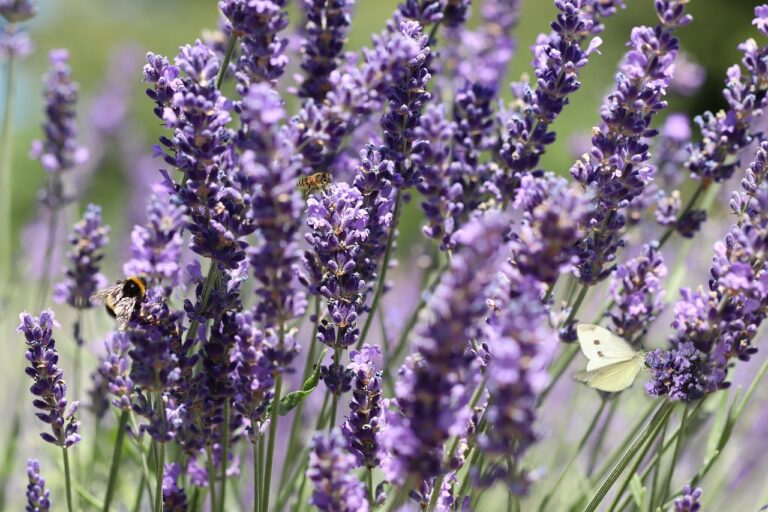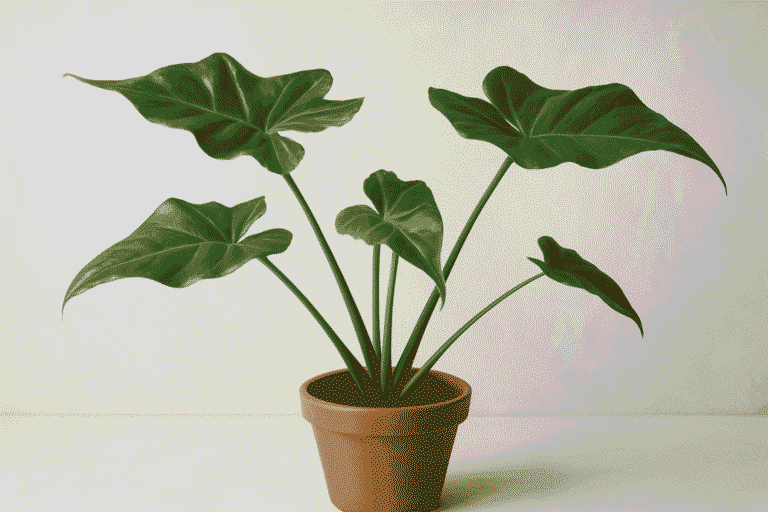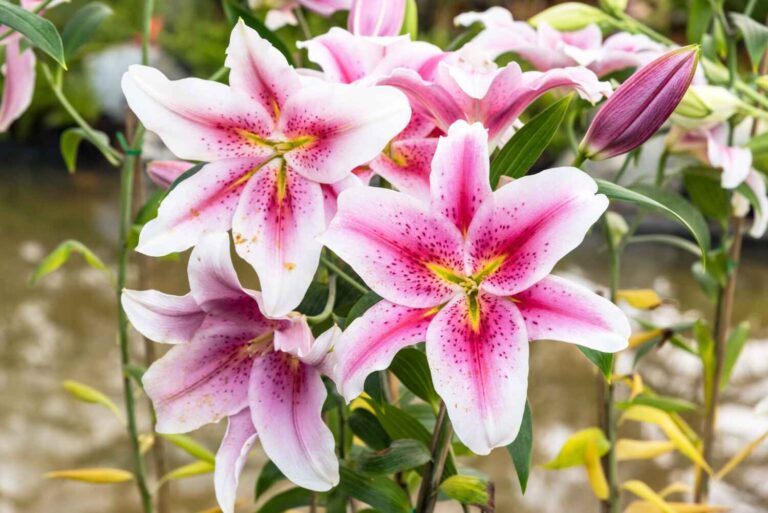Best Soil for Indoor Plants
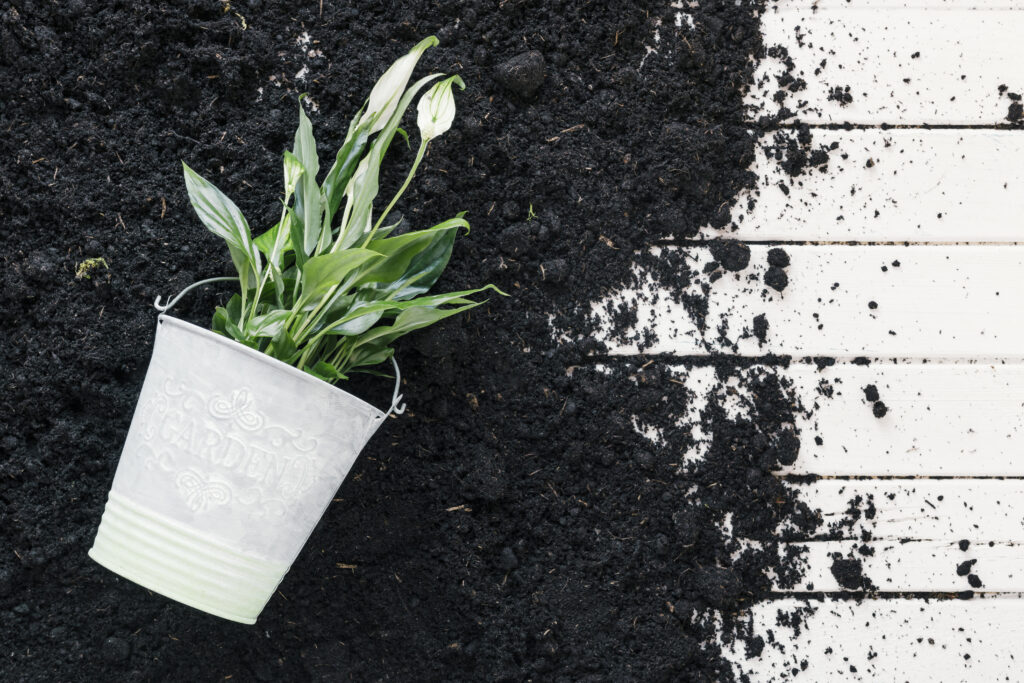
Best Soil for Indoor Plants – Choosing the right soil for your indoor plants is the foundation of their health and growth. Whether you’re a seasoned plant parent or just starting your indoor gardening journey, understanding the best soil for your plants is essential. The soil acts as more than just a support system—it provides nutrients, retains moisture, and ensures proper aeration for healthy roots.
Different requirements for indoor plants are compared with outdoor ones. The wrong type of soil leads to problems, such as overwatering, root rot, or stunted growth. This is one of the reasons to always use a soil mix specifically chosen according to the specific type of your plant, whether it’s a succulent, leafy green, or a flowering variety.
In this blog, we’ll explore what makes the best soil for indoor plants, from the ideal texture and drainage to essential nutrients. We’ll also discuss common mistakes to avoid and how to improve store-bought soil for better results. By the end, you’ll know exactly what your plants need to thrive and bring life to your home. Let’s dig in and uncover the secrets to lush, happy indoor plants!
Best Potting Soil for Indoor Plants: What You Need to Know?
When it comes to keeping your indoor plants healthy and thriving, choosing the right potting soil is just as important as watering and sunlight. The potting soil you use plays a big role in how well your plants grow by providing nutrients, holding moisture, and creating the perfect environment for roots to breathe. But with so many options available, how do you pick the best potting soil for indoor plants?
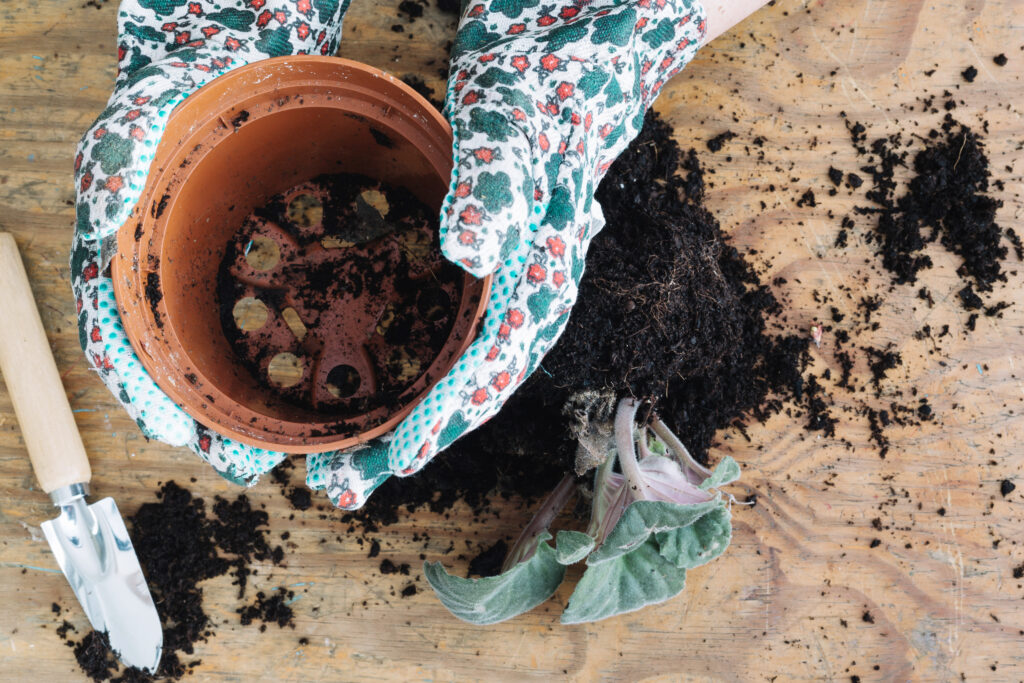
The best potting soil for indoor plants is a mix that balances moisture retention and proper drainage. Unlike garden soil, which can be too heavy and compact for pots, potting soil is specially designed to be lightweight and airy. A good mix usually contains ingredients like peat moss, coco coir, perlite, vermiculite, and compost. These components work together to hold enough water for your plants while allowing excess water to drain, preventing root rot.
Different types of plants may have unique soil needs. For example, succulents and cacti prefer a well-draining mix with more sand or perlite, while leafy plants like pothos or ferns do better in soil that retains more moisture. If you’re unsure, look for an all-purpose indoor potting mix and adjust it based on your plant’s preferences.
By choosing the right potting soil, you’ll give your plants the best possible start and ensure they stay happy and healthy indoors. Remember, healthy soil equals healthy plants!
Good Soil Health Index
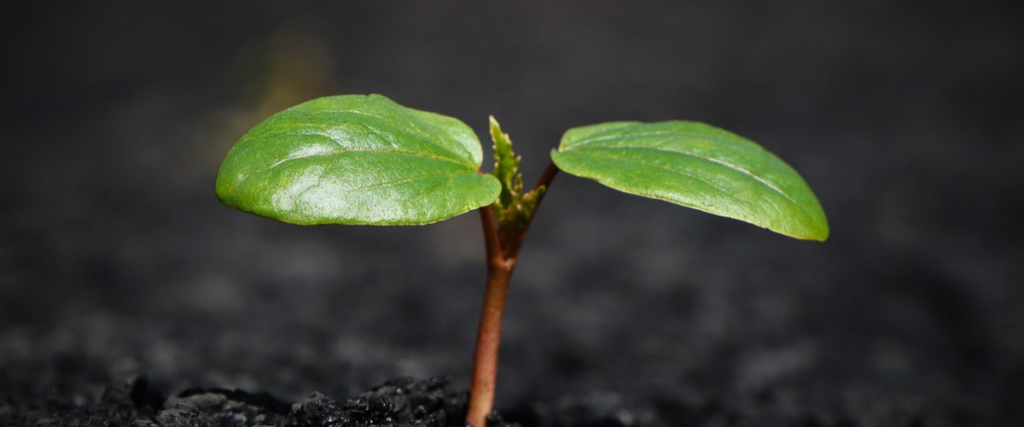
Soil health is one of the most important factors in growing healthy plants, whether indoors or outdoors. A “good soil health index” is a way to measure how well soil can support plant growth. It considers different factors like nutrient content, moisture retention, drainage, and the presence of beneficial organisms. Understanding the soil health index can help you create the ideal environment for your plants to thrive.
Healthy soil is full of life. It has essential nutrients like nitrogen, phosphorus, and potassium, along with a balance of organic matter that nourishes your plants. A good soil health index also means the soil has proper texture and structure. It should hold moisture without becoming soggy and allow air to flow freely to the roots.
Why a good soil index important?
Another important factor is microbial activity. Healthy soil is rich in microorganisms like bacteria and fungi that break down organic matter, releasing nutrients for plants. These microbes also help protect roots from harmful pathogens.
To maintain a good soil health index, avoid overusing chemical fertilizers, as they can harm beneficial microbes and disrupt the balance of nutrients. Instead, focus on adding organic matter like compost, worm castings, or natural fertilizers. Regularly checking the pH level of your soil is also helpful, as it ensures nutrients are available for your plants.
Good soil health doesn’t just mean better plant growth; it also helps reduce pests and diseases, improves water retention, and promotes sustainability. Whether you’re growing vegetables, flowers, or indoor plants, understanding and maintaining a good soil health index is key to a thriving garden. Healthy soil equals healthy plants and a happier you!
Pro Mix Soil: How to Use It for Indoor Plants
Pro Mix soil is a popular choice for indoor plants, and for good reason! It’s a high-quality, lightweight potting mix designed to meet the specific needs of indoor gardening. Whether you’re growing leafy houseplants, succulents, or herbs, Pro Mix soil offers excellent water retention, aeration, and nutrient support to help your plants thrive.
What Makes Pro Mix Special?
Pro Mix soil typically contains peat moss, perlite, vermiculite, and sometimes beneficial additives like mycorrhizae or fertilizers. Peat moss helps retain moisture, while perlite and vermiculite improve drainage and keep the soil light. Mycorrhizae, a type of beneficial fungus, supports healthy root development and nutrient absorption.
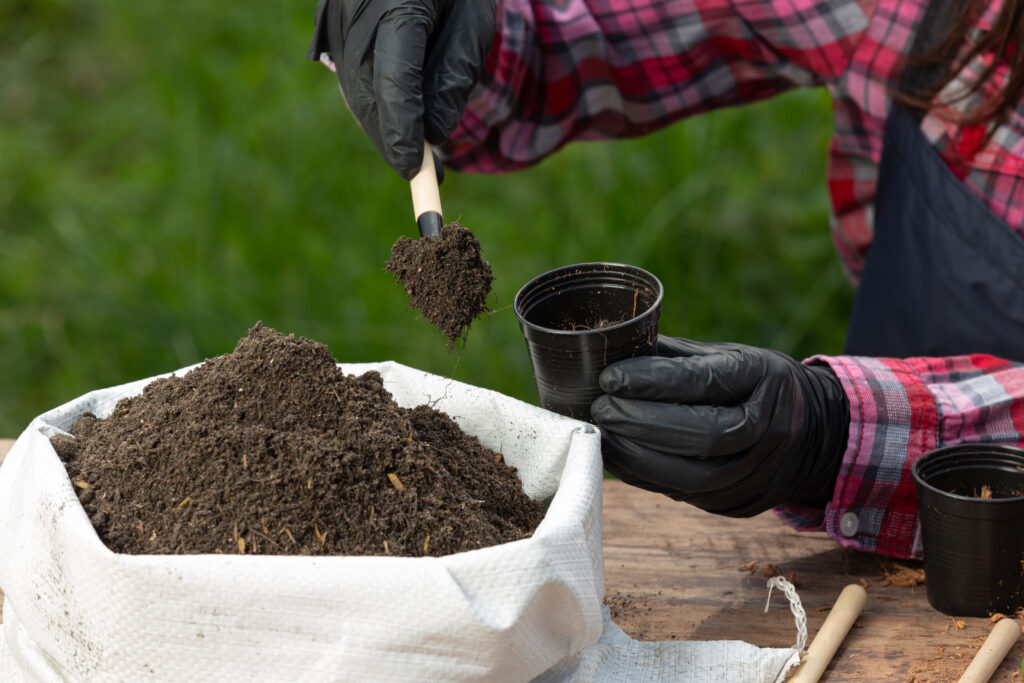
How to Use Pro Mix Soil for Indoor Plants
- Choose the Right Pot: Use a pot with drainage holes to prevent water from sitting at the bottom, which can lead to root rot.
- Prepare the Soil: Pro Mix soil is ready to use right out of the bag, but you can moisten it slightly before planting. This helps the soil settle and makes it easier to work with.
- Plant Your Indoor Greenery: Fill the pot about halfway with Pro Mix soil, place your plant in the center, and gently spread its roots. Add more soil around the plant, leaving about an inch of space at the top of the pot.
- Water Properly: Water your plant thoroughly after potting to help it settle in. Pro Mix soil holds moisture well, so be careful not to overwater. Let the top layer dry out slightly before watering again.
Pro Mix is ideal for many types of indoor plants because of its balanced texture and nutrient support. With proper care, it can help your plants grow strong, healthy, and vibrant in their indoor environment!
Top 5 Soils for Plant Growth
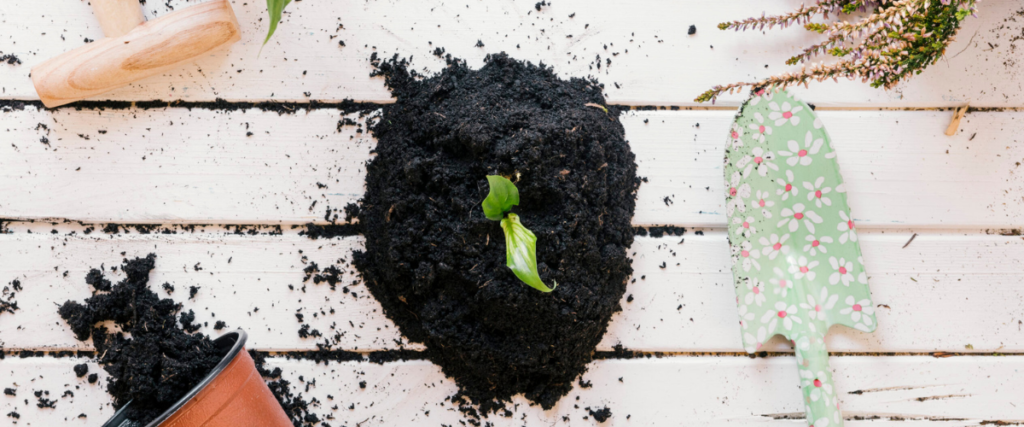
Choosing the right soil is essential for healthy and thriving plants. The type of soil you use impacts how well your plants grow, as it provides nutrients, retains water, and allows roots to breathe. Here are the top 5 soils for plant growth and what makes them ideal:
- Loamy Soil: Often considered the best soil for most plants, loamy soil is a mix of sand, silt, and clay. It’s rich in nutrients, holds moisture well, and provides excellent drainage, making it perfect for both indoor and outdoor plants.
- Sandy Soil: Sandy soil drains water quickly and doesn’t retain much moisture. It’s ideal for plants like cacti, succulents, and herbs that prefer drier conditions. You can improve sandy soil by adding organic matter to increase its nutrient content.
- Clay Soil: Clay soil is dense and holds water well, but it can become compacted. When amended with organic material, it works great for water-loving plants like irises and vegetables.
- Peaty Soil: Peaty soil is dark, rich, and acidic, retaining moisture efficiently. It’s great for plants like azaleas, blueberries, and ferns that prefer slightly acidic conditions.
Potting Mix: Specifically designed for indoor plants, potting mix is lightweight, well-draining, and packed with nutrients. It’s perfect for houseplants, herbs, and flowers in pots.
By choosing the right soil based on your plants’ needs, you’ll give them the best environment to grow healthy and strong!
Best Soil for Money Plant
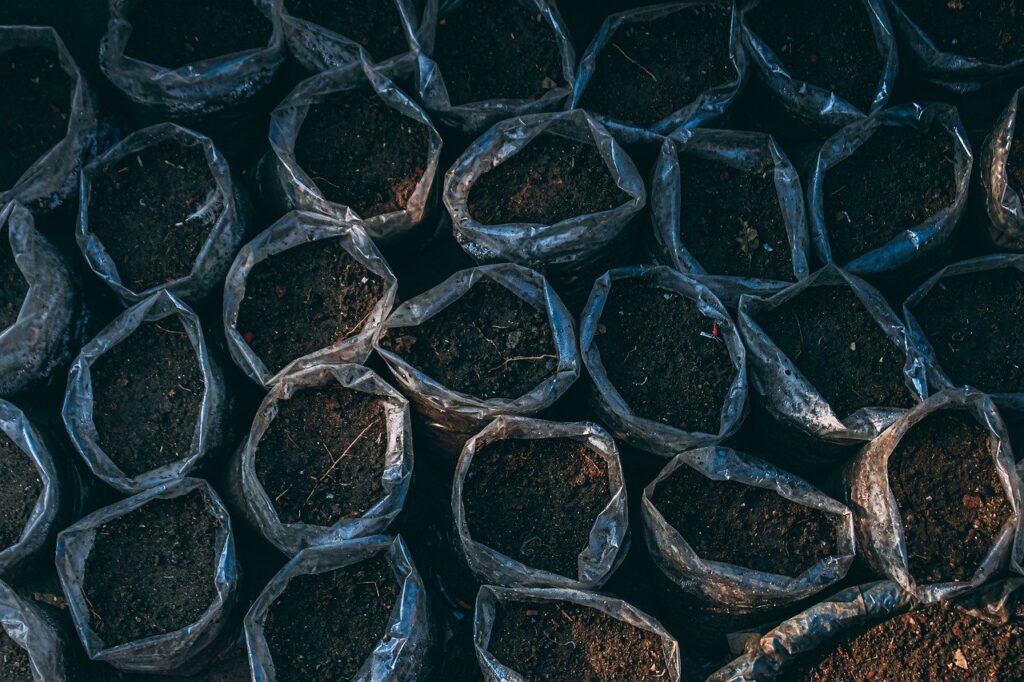
Money plants, also known as pothos or devil’s ivy, are popular indoor plants loved for their easy care and air-purifying qualities. To keep your money plant healthy and thriving, choosing the right soil is key. The best soil for a money plant is one that provides good drainage, retains some moisture, and is rich in nutrients.
What to Look for in the Soil
Money plants don’t like soggy soil, as it can lead to root rot. A well-draining potting mix is essential to ensure excess water flows out while retaining enough moisture for the roots. The soil should also be loose and lightweight to allow proper airflow to the roots.
Ideal Soil Composition to make the Best Soil for Indoor Plants
A mix of garden soil, sand, and compost works well for money plants. You can use equal parts of each to create a balance between drainage, aeration, and nutrition. Alternatively, you can use a ready-made potting mix designed for indoor plants. Adding a little perlite or coco coir to the mix can improve drainage and keep the soil light.
Tips for Maintaining Healthy Soil
Always use a pot with drainage holes to prevent water from pooling at the bottom.
Avoid overwatering; let the top inch of soil dry out before watering again.
Refresh the soil every 1–2 years to maintain its nutrient levels.
With the right soil and proper care, your money plant will grow lush and vibrant, bringing a touch of green and good vibes to your
Why is soil health so important?

Soil health represents the bedrock of any growth of plants. It is indispensable to sustaining a healthy environment. Good soils are alive. They have essential nutrients, organic matter, and microorganisms that serve as support for plants and ecosystems alike. But just why is soil health so vital? Here are several reasons:
1. Provides nutrients for plants: Healthy soil contains the nutrients nitrogen, phosphorus, and potassium that plants use for growth and strength of the roots, developing flowers or fruits. If such healthy soil does not exist, the plants tend to be week or do not grow at all.
2. Good Water Retention: Good soils hold just the right amount of water for plants and still allow excess water to drain away. This balance will not allow overwatering or dehydration of plants and give them the moisture to grow appropriately.
3. Feeds Helpful Microorganisms: Healthy soils support a healthy community of microorganisms, such as bacteria and fungi. These microscopic lives break down organic matter, releasing nutrients and even serve to defend roots from diseases.
4. Prevents Erosion : Healthy soil holds together well, thus preventing erosion by wind or water. This keeps the nutrients in place and protects the land.
5. Boosts Sustainability: Soil health is essential for long-term farming, gardening, and environmental conservation. Healthy soil ensures that we can grow food and plants sustainably for future generations.
In short, soil health is the key to strong plants, a balanced ecosystem, and a greener planet. Caring for soil is caring for life!
Do Indoor Plant Soils Cause Fruit Flies?
If you’ve noticed tiny fruit-fly like insects buzzing around your indoor plants, don’t worry—you’re not alone! These are likely fungus gnats, not fruit flies. While fruit flies are attracted to ripe or rotting fruits, fungus gnats are often drawn to the moist soil of indoor plants.
Fungus gnats lay their eggs in damp soil, and their larvae feed on organic matter and fungi in the soil. Overwatering your indoor plants is one of the main reasons these pests appear, as constantly wet soil creates the perfect breeding ground for them.
How to Prevent Fungus Gnats in Indoor Plant Soil?
- Water Wisely: Allow the top inch of soil to dry out before watering your plants again. Fungus gnats thrive in wet soil, so keeping the surface dry can disrupt their lifecycle.
- Use Well-Draining Soil: Choose soil that drains excess water effectively. Adding perlite or sand to your potting mix can improve drainage.
- Cover the Soil: A layer of sand or small pebbles on the soil surface can deter gnats from laying eggs.
- Check for Organic Debris: Remove dead leaves or other organic material from the soil, as this attracts gnats.
While indoor plant soil doesn’t directly “cause” fruit flies or fungus gnats, overly wet or neglected soil can invite them. Proper watering and soil care will keep these pests at bay and ensure your plants stay healthy and happy!
Conclusion
It can be said that the best soil for indoor plants is very important in ensuring healthy thriving plants, indoors or outdoors. From the selection of the best soil for money plants indoors to understanding soil health, everything counts. Healthy soil, therefore, should provide nutrients and good drainage properties while holding just the right amount of moisture in place, among other things, to support good microorganisms. With the right soil mix for specific plants, such as Pro Mix for indoor varieties, one can ensure growth and longevity. Proper care and maintenance of the soil prevents pests and promotes strong roots. So, by focusing on soil health, you’re giving your plants the best possible chance to thrive.
Frequently Asked Questions
The best soil for indoor plants is a well-draining potting mix with a balance of moisture retention and aeration.
You can improve soil health by adding organic matter like compost, using natural fertilizers, and avoiding overwatering.
Yes, Pro Mix soil is great for indoor plants as it provides excellent drainage and essential nutrients.
A well-draining mix of garden soil, sand, and compost is ideal for money plants.
Indoor plant soil can attract fungus gnats if it’s overly wet, but not fruit flies, which are drawn to rotting fruits.
Soil health is essential as it provides nutrients, supports root development, and helps retain water for plants.
Loamy, sandy, clay, peaty, and potting mix soils are all great options depending on your plant’s needs.
For winter plants in Georgia, use well-draining soil with good moisture retention, ideally amended with compost to improve nutrients and structure.
Table of Contents
- Best Soil for Indoor Plants
- Best Potting Soil for Indoor Plants: What You Need to Know?
- Good Soil Health Index
- Why a good soil index important?
- Pro Mix Soil: How to Use It for Indoor Plants
- Top 5 Soils for Plant Growth
- Best Soil for Money Plant
- Ideal Soil Composition to make the Best Soil for Indoor Plants
- Why is soil health so important?
- Do Indoor Plant Soils Cause Fruit Flies?
- How to Prevent Fungus Gnats in Indoor Plant Soil?
- Conclusion
- Mona Lavender Plant: Complete Growing Guide for Beginners
- Alocasia Stingray Plant Guide: Tips for Healthy Growth
- Pink Lilly Flower: Growing and Caring for Pink Lillies

